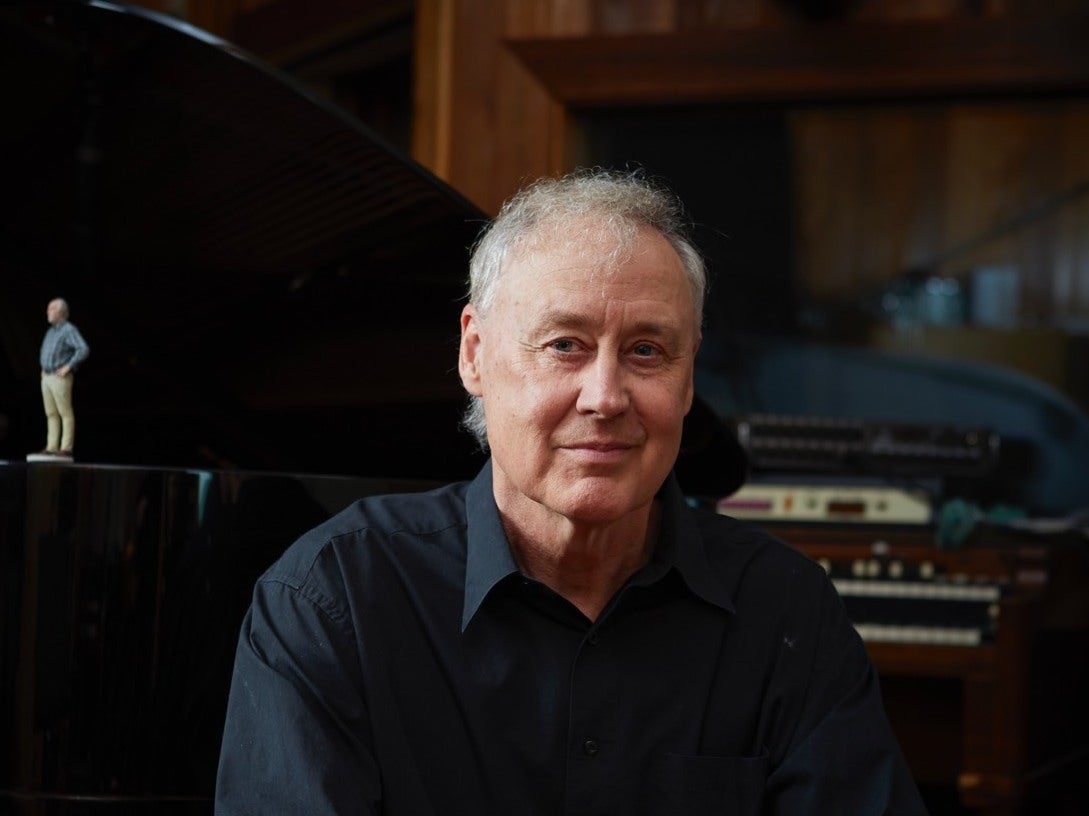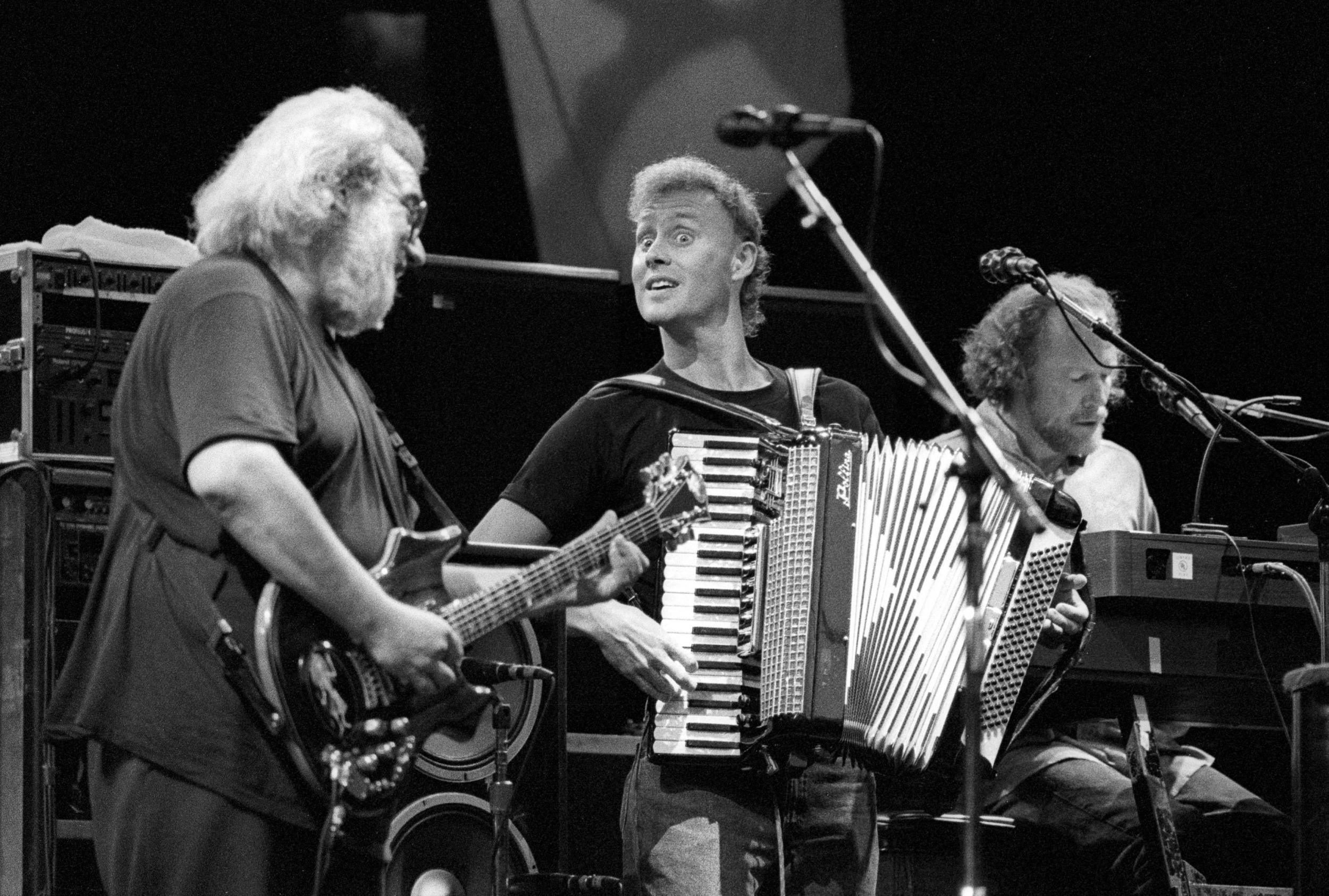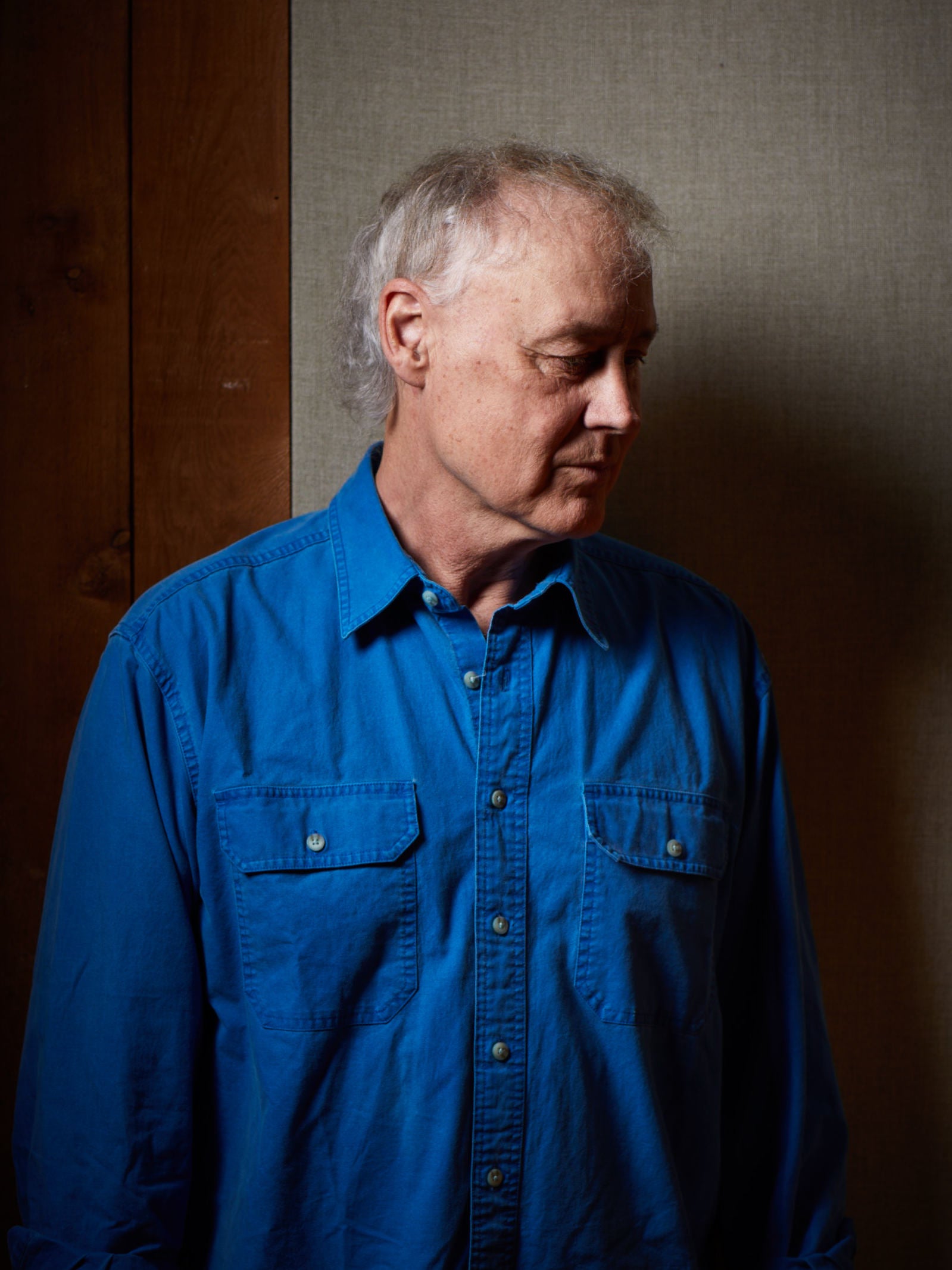Bruce Hornsby: ‘My entire class cheered when Kennedy was assassinated – I felt awful’
The self-confessed ‘unhip white dude’ wrote one of the protest songs of the Eighties in ‘The Way It Is’, which has been sampled by rappers from Tupac to Polo G. Helen Brown talks to him about his brilliant new album, encountering racism with his band, and growing up in a southern town


Your support helps us to tell the story
From reproductive rights to climate change to Big Tech, The Independent is on the ground when the story is developing. Whether it's investigating the financials of Elon Musk's pro-Trump PAC or producing our latest documentary, 'The A Word', which shines a light on the American women fighting for reproductive rights, we know how important it is to parse out the facts from the messaging.
At such a critical moment in US history, we need reporters on the ground. Your donation allows us to keep sending journalists to speak to both sides of the story.
The Independent is trusted by Americans across the entire political spectrum. And unlike many other quality news outlets, we choose not to lock Americans out of our reporting and analysis with paywalls. We believe quality journalism should be available to everyone, paid for by those who can afford it.
Your support makes all the difference.If there’s one statement the pop critics of the Eighties never expected to read, it’s that Bruce Hornsby is cool in 2020. In a futuristic scene dominated by teenaged stars, the mullet-sporting 31-year-old pianist was playing “dad rock” before the term even existed. Looking back, I can still see my own dad drumming his steering wheel along with soft-rock hits like “The Way It Is”, “Every Little Kiss” and “Mandolin Rain” while driving me to school.
But fast-forward 35 years and you’ll find “The Way It Is” sampled on one of the best-selling hip-hop albums of the year (Polo G’s The Goat), while the “creatively restless” Hornsby has worked with everyone from indie darling Bon Iver to seminal rock bands like the Grateful Dead, where he says he “would goose Jerry Garcia by shouting or playing odd notes when his addictions left him phoning it in”, back when he was a touring member of the band in the early Nineties.
He’s appeared on albums by Bonnie Raitt, Bob Dylan, Leon Russell, Crosby, Stills & Nash, and Stevie Nicks. He’s also collaborated with jazz greats, like Wayne Shorter, Pat Metheny and Christian McBride, as well as banjo player Bela Fleck. In recent years he’s been hard at work on soundtracks for Spike Lee and receiving rave reviews for his richly experimental 22nd album, Non-Secure Connection.
It’s a deeply rewarding – if disquieting – album that Hornsby tells me he hopes reflects “the existential anxieties“ of modern life and includes songs about drone technology, a “requiem to America’s dying shopping mall culture”, and wry reflections on “how consumer demand for pornography drove so much innovation in the development of the internet”. The title track, Hornsby says, is inspired by “a deeply unsettling article I read about the computer hackers who tried to shut down the 2018 Pyeongchang Winter Olympics. It almost worked. These incredible super geeks were able to thwart the hackers and I think they were pretty sure in the end it was the Russians.”
Although my own Zoom connection to his home in the woods outside of Williamsburg, Virginia, is, in fact, pretty secure, Hornsby suggests we stick to audio because, he jokes, he finds the sight of his own 65-year old face “unrewarding”.
He laughs into my blackened monitor when I tell him that almost every British review begins by warning readers not to expect the challenging new music to sound anything like Hornsby’s Eighties stuff.
“Not everybody is into my weird s***,” he chuckles. “And I’m aware that most people are more comfortable when I stay on the white notes. But I love the black notes too. I’m intrigued by dissonance. I’m obsessed by the work of composers like Olivier Messiaen who would go out into the fields and transcribe the birdsong. I often play his ‘Catalogue d’oiseaux’ in my concerts, I suspect much to my audience’s chagrin. But, as a musician, I feel I owe people the music I feel most passionate about.”

Hornsby tells me that “it’s easy to write simple music. And it’s easy to indulge yourself by writing obtuse music. The challenge is to find a middle ground that meets listeners where they are, then takes them somewhere new. So a new song like ‘S***’s Crazy Out There’ – which my wife took a while to warm to – started with me tinkering with a piano figure from Schoenberg. I was playing it and thinking, ‘This pattern reminds me of a minor seventh with a flat nine – that’s a standard pop chord!’”
Fired with an enthusiasm for musical detail that makes him sound more like a session musician than a Platinum-selling solo artist, Hornsby sings me the first verse: “’Wood floor, glass board/ Fine place to go up and down/ Metal door, rubber ball/ Some place to run aground…’ See?! A minor seventh! That took me into a Beatles-esque melody. And I realised: Schoenberg meets the Beatles is exactly where I’d like to be.”
Enjoy unlimited access to 100 million ad-free songs and podcasts with Amazon Music
Sign up now for a 4 month free trial (3 months for non-Prime members)
Enjoy unlimited access to 100 million ad-free songs and podcasts with Amazon Music
Sign up now for a 4 month free trial (3 months for non-Prime members)
On paper, that level of sophistication sounds a long way from where he came from. He was born in 1954, in the tiny, “deeply conservative” town of Williamsburg, which dates all the way back to the 17th-century settlers of the Virginia colony. But Hornsby grew up with a perspective tilted differently from that of his peers.
“Narrow-minded attitudes prevailed in my small southern town,” he tells me. “But my mum, Lois, was from a more forward-thinking family of New Englanders who’d moved down to Richmond when her dad got a job there as a church organist. Liberal Lois, my mum, married a big old handsome country boy. Bob Hornsby was from a fishing village and he was cut from the local cloth. My parents’ votes cancelled each other out in elections from 1948 to 1976 when my mum persuaded my dad to vote for Jimmy Carter and he never looked back and he voted Democrat for the rest of his life.”

Hornsby doesn’t remember many political arguments around the family dining table. “But I do remember other things. I remember being nine years old, in third grade, when Kennedy was assassinated. It was a Friday afternoon and I remember them announcing the buses over the intercom. ‘Bus 47 for the Grove, Bus 37 for Ironbound Road…’ And suddenly they stuck the microphone to the TV where Walter Cronkite was announcing that the president had been shot in Dallas. Almost my entire class cheered. They were shouting: ‘Hurray! Now Nixon can take over!’ But I was so shocked. I felt awful. It was a seminal moment in my childhood, just stamped on my brain and I still get chills when I think about it.”
Later, the 6ft 3in Hornsby would find himself “the only white guy on the high school basketball team” bonding with “the guys who are still my hanging pals for a laugh and a meal when I’m back in town”.
As a “believer in what Nina Simone said, that it’s the artist’s job to reference the time in which we live”, Hornsby would go on to write a powerful series of protest songs. “The Way It Is” (1986) is perhaps the most enduring protest song of the 1980s.
Although Hornsby’s famous piano melody flows with an ease that’s made it a drive-time staple, the song’s lyrics address America’s racial injustice in lines about the Civil Rights Act of 1964: “Well, they passed a law in ’64/ To give those who ain’t got a little more/ But it only goes so far/ Because the law don’t change another’s mind/ When all it sees at the hiring time/ Is the line on the colour bar…”
Unusually for a soft rock hit by a self-professed “unhip, bony-ass white dude”, the song has been sampled by successive generations of rappers. “Hip-hop has been the most inventive genre of pop music over the past 30 years,” says Hornsby, “and I love how rappers have engaged with that song. The first guy to do it was a British rapper called MC Buzz B in 1991,” he says, “then some Swedish guy, then Tupac did something incredible with ‘Changes’ in 1998. Most recently Polo G used it in ‘Wishing for a Hero’. He wanted to come down to Williamsburg and ask my permission in person, but as soon as I heard what he had done I told him to save the air fare. It’s an amazing song.”
The video for “Wishing for a Hero” is full of footage from the recent Black Lives Matter protests. Hornsby is also donating proceeds from his latest Civil Rights Anthem – “Bright Star Cast” (featuring vocals by Jamila Woods and guitar by Justin Vernon) – to charities campaigning for racial justice.
Hornsby tells me that, with black bassist JV Collier in his band for more than 26 years, he has witnessed overt racism on the street. “I remember us all walking down the street in Saratoga. This car goes by, slows down and somebody shouts the N-word at JV. Well, my drummer is a big dude, I’m a big dude too and we all went after them yelling, ‘Motherf***er!’ We didn’t catch him but we made our point.”
Hornsby met Spike Lee when he invited the director to make a video for his 1993 single “Talk of the Town”, about America’s first interracial marriage: “Well, the old town fathers are up in arms/ The city council is very alarmed/ The cousins and uncles are having fits/ Predictors of doom think this is it/ Everybody else is just hanging around/ Me and my baby, we’re the talk of the town…”
He compares the police killing of George Floyd with the “Bull Connor moment” that drove the 1964 Civil Rights Act into law. Turning professorial he explains: “For people who may not be well up on their Civil Rights history, Bull Connor was the police chief of Birmingham, Alabama who got his boys to turn the hoses on the Civil Rights protestors. What followed was filmed and became the 1960s version of a viral moment. The American public’s horror at that footage led to the 1964 act. That happened in seconds with George Floyd. I hope the effect is wider this time.”
Non-Secure Connection is out now
Join our commenting forum
Join thought-provoking conversations, follow other Independent readers and see their replies
Comments